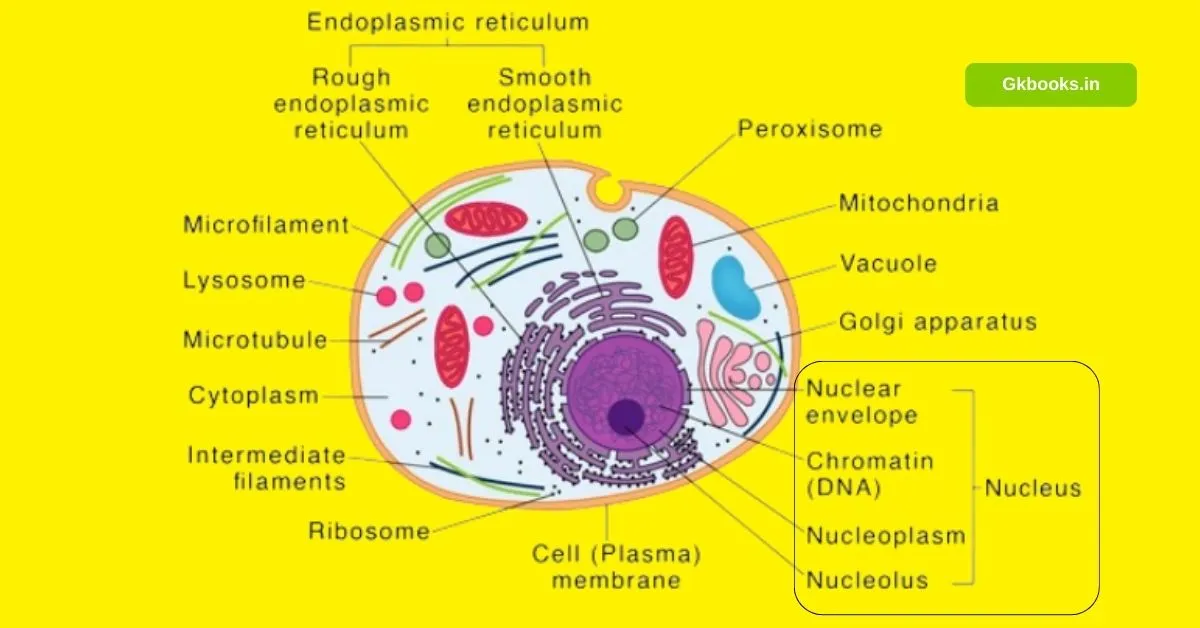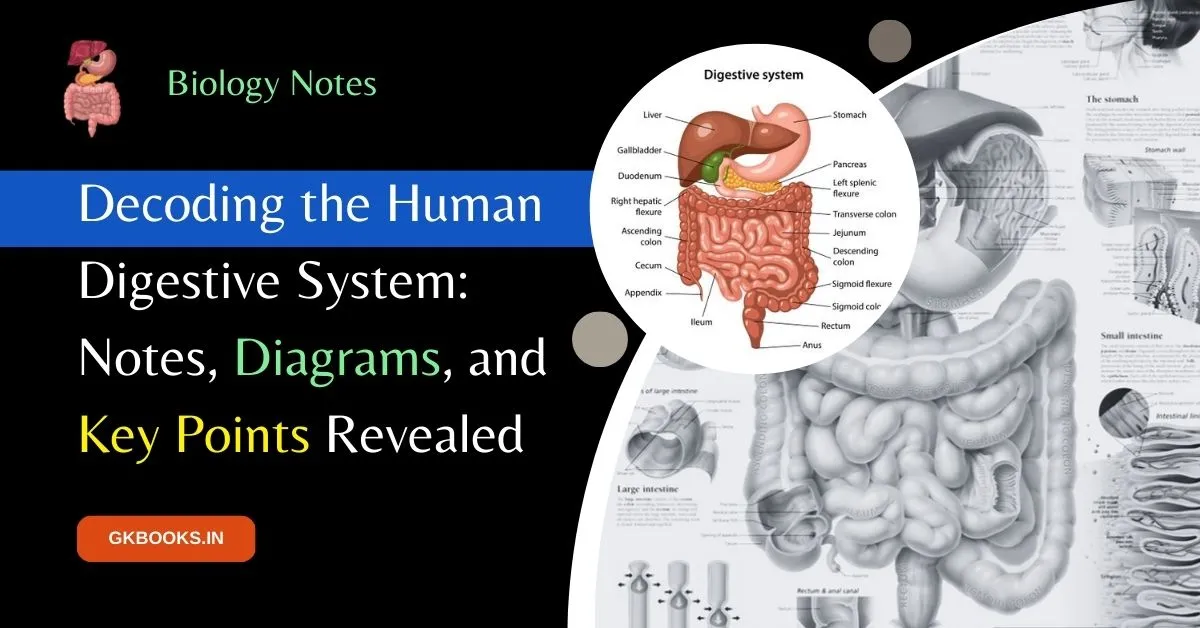Process of Photosynthesis: Light and Dark Reaction
Photosynthesis is a complex but vital process by which plants, algae, and some bacteria convert light energy from the sun into chemical energy in the form of glucose (sugar). This sugar is then used by the organism for food and growth, and also released as oxygen, which is essential for animal life. Here’s a breakdown … Read more





